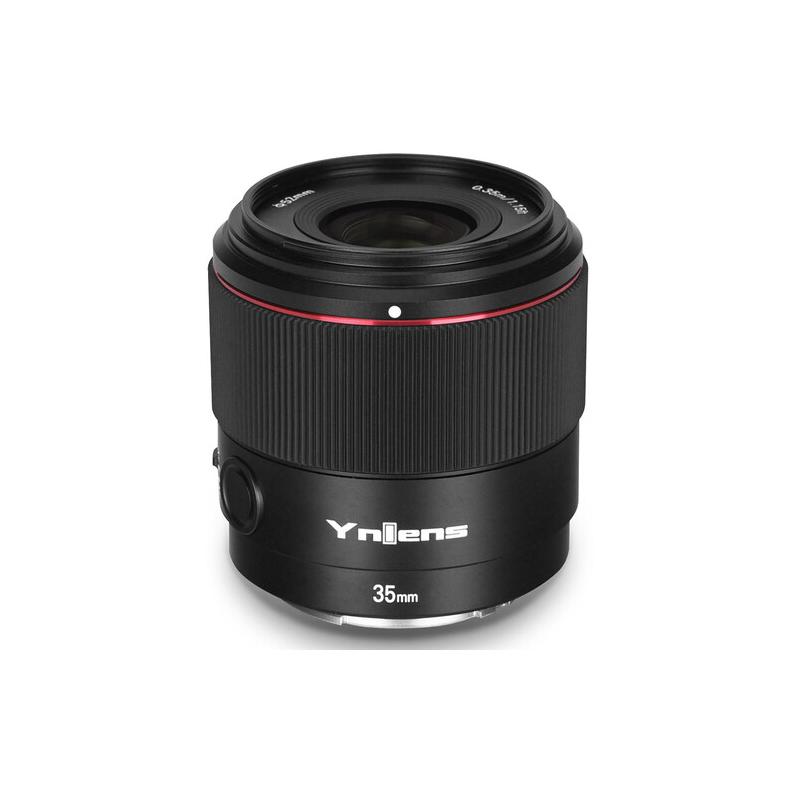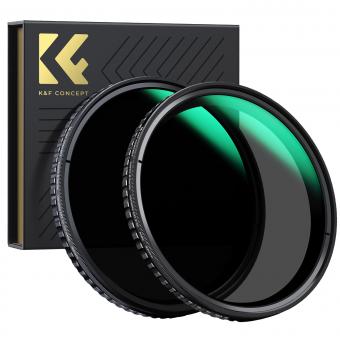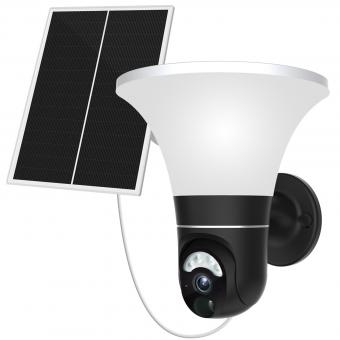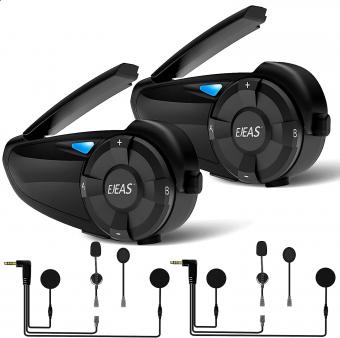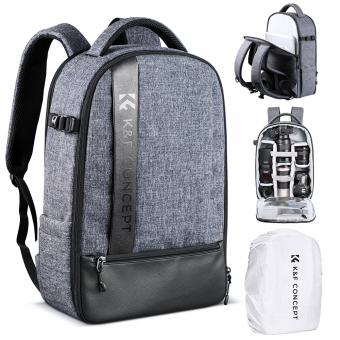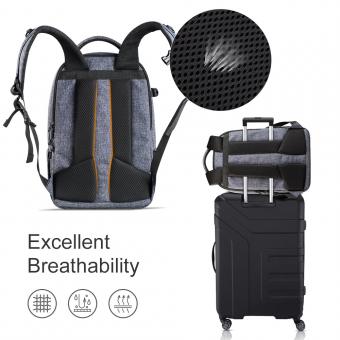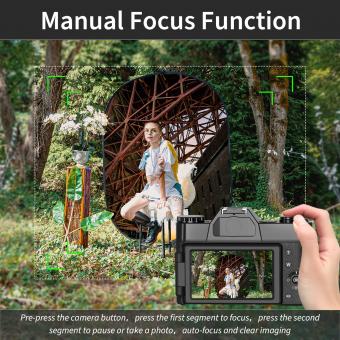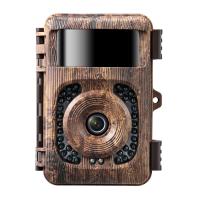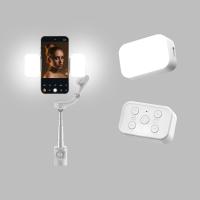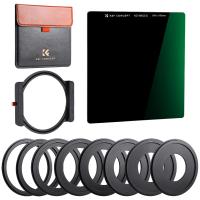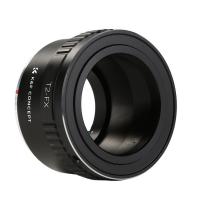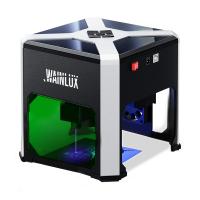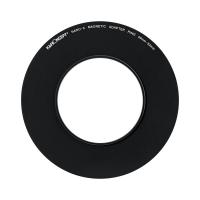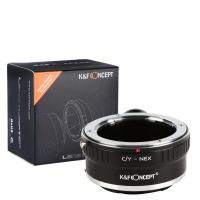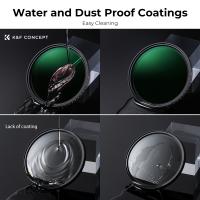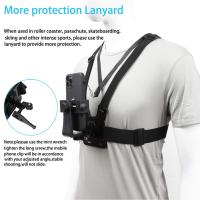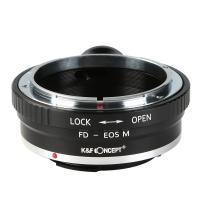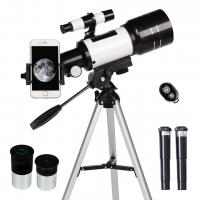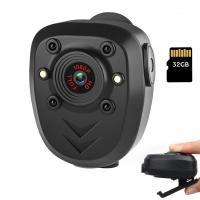What Mm Lens For Wide Angle ?
A wide-angle lens typically has a focal length of 35mm or less on a full-frame camera. However, the exact focal length needed for a wide-angle shot depends on the specific situation and desired effect. For example, a 24mm lens may be suitable for landscape photography, while a 16mm lens may be better for capturing a large interior space. It's important to consider the crop factor of your camera when selecting a lens, as this can affect the effective focal length. Additionally, the aperture of the lens can impact the depth of field and overall image quality. Ultimately, the best lens for wide-angle photography will depend on the photographer's individual needs and preferences.
1、 Focal length
"What mm lens for wide angle" is a common question among photographers who want to capture a wider field of view in their images. The answer to this question depends on the camera's sensor size and the photographer's desired field of view.
For full-frame cameras, a focal length of 16-35mm is considered wide-angle. However, for crop-sensor cameras, the focal length needs to be multiplied by the crop factor to get the equivalent focal length. For example, a 10-22mm lens on a Canon APS-C sensor camera has an equivalent focal length of 16-35mm on a full-frame camera.
It's important to note that the wider the focal length, the more distortion there may be in the image. This can be corrected in post-processing, but it's something to keep in mind when choosing a lens.
In recent years, there has been a trend towards ultra-wide-angle lenses, with focal lengths as low as 10mm. These lenses can capture an incredibly wide field of view, but they also come with more distortion and may not be suitable for all types of photography.
Ultimately, the choice of focal length for a wide-angle lens depends on the photographer's needs and preferences. It's important to consider the camera's sensor size, the desired field of view, and the level of distortion that is acceptable in the final image.
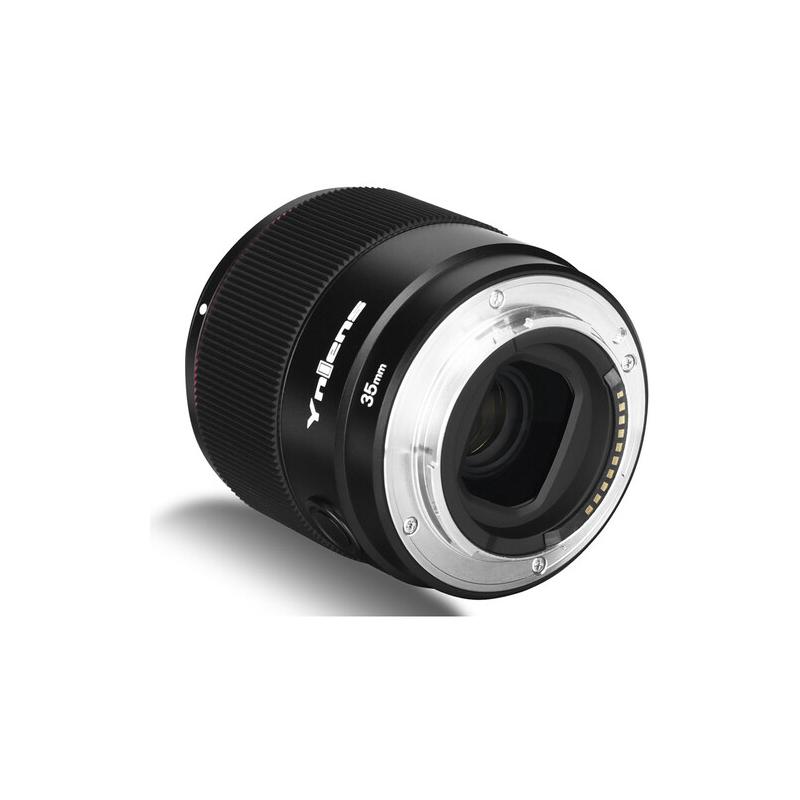
2、 Angle of view
"What mm lens for wide angle" is a common question among photographers who want to capture a wider field of view in their images. The answer to this question depends on the angle of view that the photographer wants to achieve.
In general, a lens with a focal length of 10-24mm is considered a wide-angle lens. However, the angle of view that this lens provides depends on the camera's sensor size. For example, on a full-frame camera, a 24mm lens will provide a wider angle of view than on a crop-sensor camera.
The latest point of view is that there are now ultra-wide-angle lenses available that can provide an even wider angle of view. These lenses have a focal length of 8-16mm or even wider, and they are ideal for landscape and architectural photography.
It's important to note that using a wide-angle lens can distort the image, especially when shooting at the edges of the frame. This distortion can be corrected in post-processing, but it's something to keep in mind when choosing a lens.
In conclusion, the answer to "what mm lens for wide angle" depends on the angle of view that the photographer wants to achieve and the camera's sensor size. A lens with a focal length of 10-24mm is generally considered a wide-angle lens, but ultra-wide-angle lenses are now available for even wider angles of view.

3、 Distortion
"What mm lens for wide angle?" is a common question among photographers who want to capture a wider field of view. The answer to this question depends on the camera's sensor size and the photographer's desired field of view. Generally, a lens with a focal length of 10-24mm is considered a wide-angle lens for crop sensor cameras, while a focal length of 16-35mm is considered wide-angle for full-frame cameras.
However, it's important to note that wide-angle lenses can produce distortion, which can be either barrel distortion or pincushion distortion. Barrel distortion causes straight lines to appear curved outward, while pincushion distortion causes straight lines to appear curved inward. This distortion can be corrected in post-processing, but it's important to choose a lens with minimal distortion to reduce the amount of correction needed.
In recent years, lens manufacturers have been producing lenses with improved distortion control. For example, Canon's EF 16-35mm f/4L IS USM lens features three aspherical elements and two UD elements to minimize distortion and improve image quality. Similarly, Nikon's AF-S NIKKOR 14-24mm f/2.8G ED lens features three ED glass elements and three aspherical lens elements to reduce distortion and improve sharpness.
In conclusion, when choosing a wide-angle lens, it's important to consider the camera's sensor size, desired field of view, and the amount of distortion produced by the lens. With the latest advancements in lens technology, photographers can now choose from a wide range of lenses with improved distortion control.
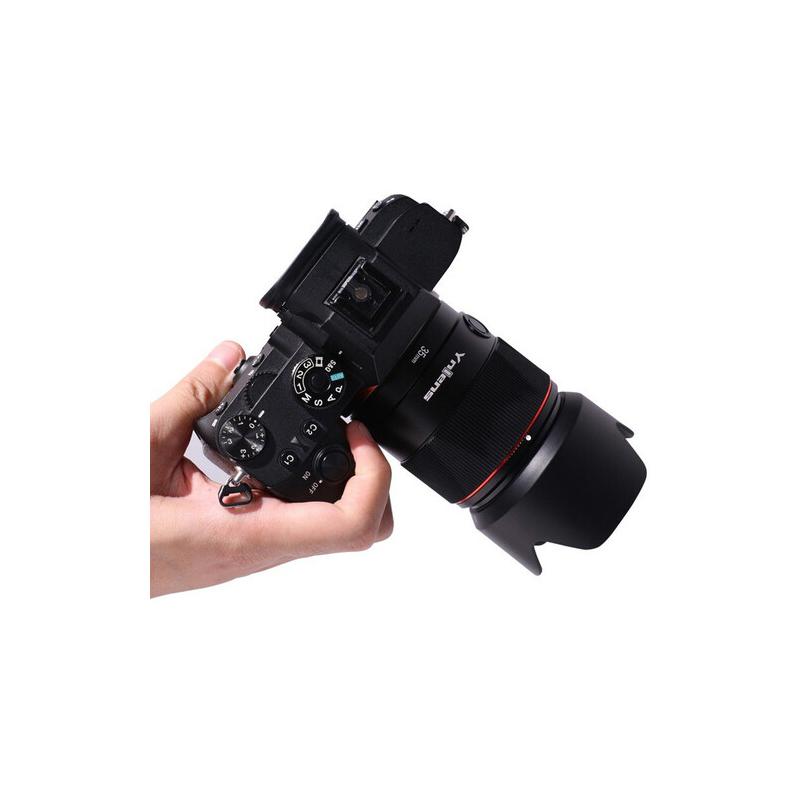
4、 Aperture
"What mm lens for wide angle" is a common question among photographers who want to capture a wider field of view in their images. The answer to this question depends on the camera's sensor size and the photographer's desired field of view.
For full-frame cameras, a lens with a focal length of 16-35mm is considered a wide-angle lens. However, for crop-sensor cameras, a lens with a focal length of 10-22mm is considered a wide-angle lens. It's important to note that the crop factor of the camera affects the effective focal length of the lens.
In addition to the focal length, the aperture of the lens is also important when shooting wide-angle images. A wider aperture, such as f/2.8 or f/4, allows more light to enter the lens, which is useful in low-light situations. However, wider apertures can also result in a shallower depth of field, which may not be desirable in some situations.
It's worth noting that there is no one-size-fits-all answer to this question, as the best lens for wide-angle photography depends on the photographer's specific needs and preferences. Some photographers may prefer a wider field of view, while others may prioritize image quality or low-light performance.
In recent years, there has been a trend towards ultra-wide-angle lenses, with focal lengths as low as 10mm. These lenses can capture an incredibly wide field of view, but may also result in distortion and other optical issues. As with any lens, it's important to do your research and choose a lens that meets your specific needs and preferences.
